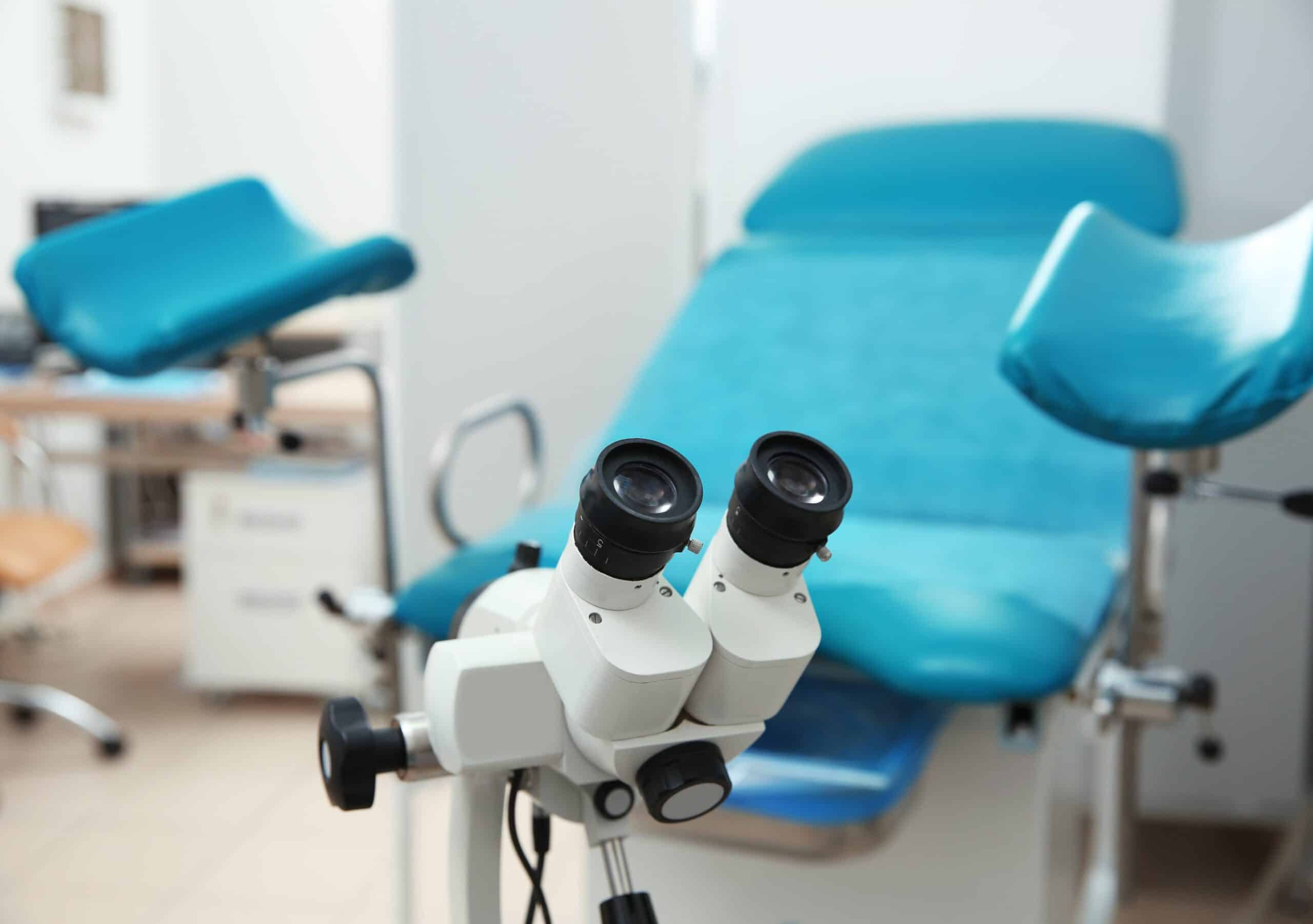What is humm?
humm allows you to spread out the cost of your treatment at Thérapie Fertility. It’s that simple!
Applications can all be done online (please ensure that you are not using Internet Explorer). If you are approved for finance with humm, you can use this approval for any treatment at Thérapie Fertility.
*Interest rates and fees are dependent on your plan.


